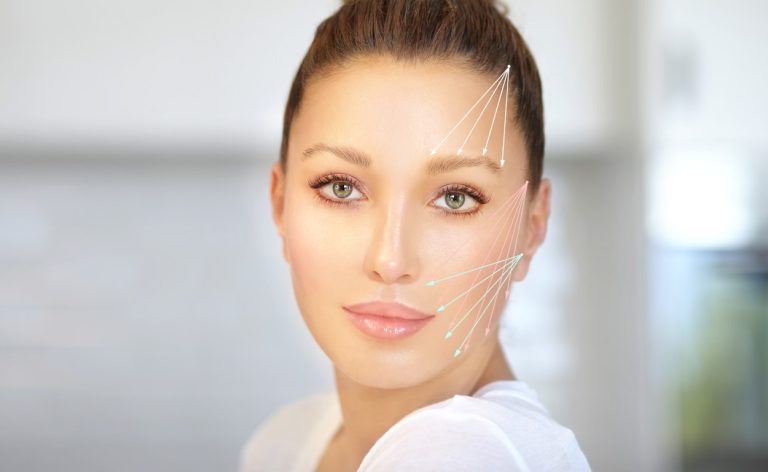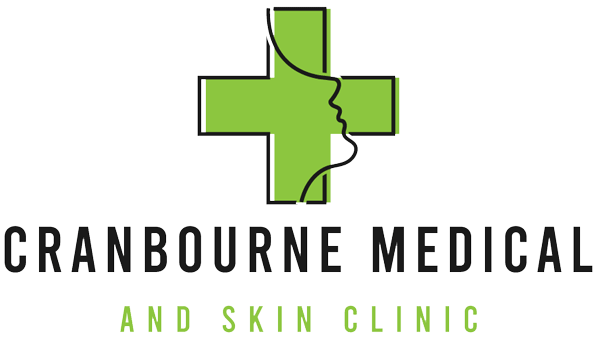
Thread lifts have become increasingly popular as a non-surgical solution for facial rejuvenation. The procedure offers a minimally invasive alternative to traditional facelifts, making it a go-to option for people looking for a subtle lift without extensive downtime. However, the success of a thread lift largely depends on the skill, experience, and approach of the practitioner performing the procedure. In this guide, we’ll dive deep into the factors that should influence your choice of practitioner, helping you make an informed decision that aligns with your cosmetic goals.
Why Choosing the Right Practitioner is Important
The thread lift procedure involves threading dissolvable sutures under the skin to lift sagging tissues and promote collagen production. While it’s less invasive than a traditional facelift, it requires precision, expertise, and an understanding of facial anatomy. The wrong choice of practitioner could lead to unsatisfactory results, complications, or even permanent damage.
A skilled practitioner can:
- Assess your skin condition accurately.
- Choose the right thread type and technique for optimal results.
- Minimise the risk of side effects or complications.
- Create a natural, youthful look without an “overdone” appearance.
Given the delicate nature of this procedure, selecting the right professional is the most important decision you’ll make in your thread lift journey.
Credentials and Qualifications
1. Board Certification
The first step in choosing the right practitioner is to verify their credentials. The practitioner should ideally be board-certified in cosmetic dermatology, plastic surgery, or facial aesthetics. Certification is a clear indication that the professional has undergone rigorous training and adheres to the highest standards of medical care.
- Why it matters: Board-certified professionals are trained in facial anatomy, sterile techniques, and have a solid understanding of how to minimise risks. Their training and expertise offer a higher degree of safety and efficacy.
2. Specialisation in Thread Lifts
Not all practitioners are created equal when it comes to thread lifts. Many doctors and aestheticians offer this service, but only a few specialise in it. A practitioner with specialised training in thread lifts will have more in-depth knowledge and refined techniques that can significantly improve the outcome.
- Questions to ask: How long have they been performing thread lifts? How often do they perform this procedure? Do they undergo regular training to keep up with the latest techniques?
Experience with Thread Lifts
1. Years of Practice
While credentials are important, experience often trumps all. A practitioner with several years of hands-on experience in thread lifting will have encountered a wide range of skin types, facial structures, and potential complications, making them more adept at customising the procedure for each individual.
- Why it matters: Experienced practitioners are better at managing complex cases and are more likely to produce natural-looking results. They are also more proficient in handling complications should they arise.
2. Before-and-After Portfolio
A trustworthy practitioner should have an extensive portfolio of before-and-after photos showing the results of their thread lift procedures. When reviewing these photos, pay close attention to:
- The symmetry of the results.
- How natural the enhancements look.
- Results in patients with similar skin types and facial structures as yours.
- Red flags: If the practitioner refuses to show you their work or offers a very limited selection of photos, it might be an indication that they lack sufficient experience or confidence in their results.
3. Patient Reviews and Testimonials
Patient testimonials and online reviews can provide valuable insights into a practitioner’s expertise, bedside manner, and overall quality of service. Look for reviews that specifically mention the patient’s satisfaction with thread lift procedures. Independent review platforms like RealSelf or Trustpilot can offer unbiased perspectives.
- Key points to note: Does the practitioner have a history of delivering consistent results? Do patients mention post-procedure satisfaction? Are there any recurring complaints about pain, unsatisfactory results, or complications?
Communication and Consultation Process
1. Thorough Consultation
A quality practitioner should always begin with a thorough consultation. This is where the practitioner assesses your skin, discusses your aesthetic goals, and explains what you can realistically expect from the procedure.
- What to expect: The consultation should include an evaluation of your skin type, any underlying conditions, and whether you’re a good candidate for a thread lift. The practitioner should also discuss alternative treatments and why they believe a thread lift is the best option for you.
- Red flags: Beware of practitioners who rush the consultation or push you towards a thread lift without thoroughly evaluating your skin and needs. This may indicate they are more interested in making a quick sale than delivering the best results.
2. Clear Communication
Communication is key. You need a practitioner who can explain the procedure in clear, simple terms, and answer any questions you have about the process, risks, and outcomes. The practitioner should also make you feel comfortable discussing any concerns you may have.
- What to ask: What are the possible risks? What type of threads will they use, and why? What happens if you’re unhappy with the results? The practitioner should provide honest and direct answers to these questions.
Safety and Hygiene Standards
1. Medical Setting
Ensure that the practitioner operates in a sterile, medical-grade environment. This is crucial for minimising the risk of infections and other complications. The clinic should adhere to strict hygiene protocols, including the use of sterile equipment, clean facilities, and proper disinfection methods.
- What to check: Does the clinic have certifications or accreditations that demonstrate adherence to hygiene and safety regulations? Are all tools sterilised, and is the environment clean and well-maintained?
2. Post-Procedure Care
A competent practitioner will offer thorough aftercare instructions to help you recover smoothly and achieve the best results. They should provide details about what to expect post-procedure, including swelling, discomfort, and signs of infection. In addition, they should schedule follow-up appointments to monitor your progress.
- Red flags: If a practitioner doesn’t provide aftercare instructions or fails to schedule a follow-up, this could be a sign of poor practice or disinterest in long-term results.
Cost Considerations
1. Transparent Pricing
Reputable practitioners should offer transparent pricing, detailing the cost of the procedure, potential add-ons, and any aftercare services. The total cost should be discussed during the consultation, and there should be no hidden fees that pop up later.
- Red flags: Be wary of practitioners who significantly undercut market prices. If a deal seems too good to be true, it probably is. In the world of cosmetic procedures, you generally get what you pay for, and cutting corners on costs can result in subpar results or even health risks.
Ethical Considerations
1. No Pressure to Buy
A good practitioner will never pressure you into a procedure. The decision to undergo a thread lift should be yours, made after fully understanding the benefits, risks, and outcomes. Be wary of practitioners who use high-pressure sales tactics or attempt to upsell other procedures.
2. Realistic Expectations
A competent practitioner will set realistic expectations and not overpromise. They should give you a clear idea of what the thread lift can and cannot achieve, avoiding exaggerations about results. Thread lifts provide subtle enhancements, not dramatic transformations, and your practitioner should communicate this clearly.
With the right practitioner, a thread lift can be a highly effective, non-surgical solution for facial rejuvenation, offering natural-looking results with minimal downtime. Look for board-certified professionals who specialise in thread lifts and have a strong track record of success, backed by patient reviews, portfolios, and years of experience. Always prioritise practitioners who emphasise personalised care, safety, and clear communication throughout the process.
